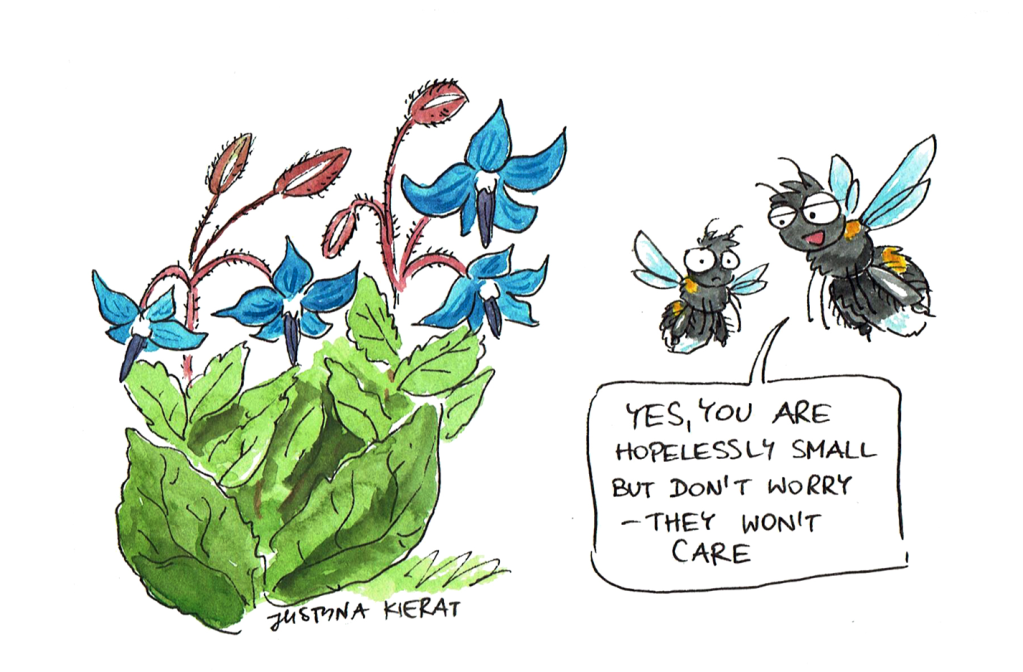In most bee species, there is not much size variation within one sex, and body size is often useful character in the process of species identification. Bumblebees belong to the exceptions from this rule. In females, there is huge size variation not only within a species but even within a single family. You can see this clearly in the spring – the first ones to emerge are queens which are big. Then very small wokers appear – these are the first brood reared by the queen herself. Then, the next “generations” of workers consist of both big and small ones, and the difference can be even tenfold!
In this paper, the effect of interaction between size of a bumblebee and size of a flower was studied. It turned out that there is not much effect of the sizes of the interacting parties on effectiveness of pollination. It is a good news because it allows us to assume that these interactions are resilient to size changes which might be a result of various environmental factors, like climate change. In the warmer temperatures, organisms tend to get smaller but not every species and population must change their size at the same pace.

Leave a comment